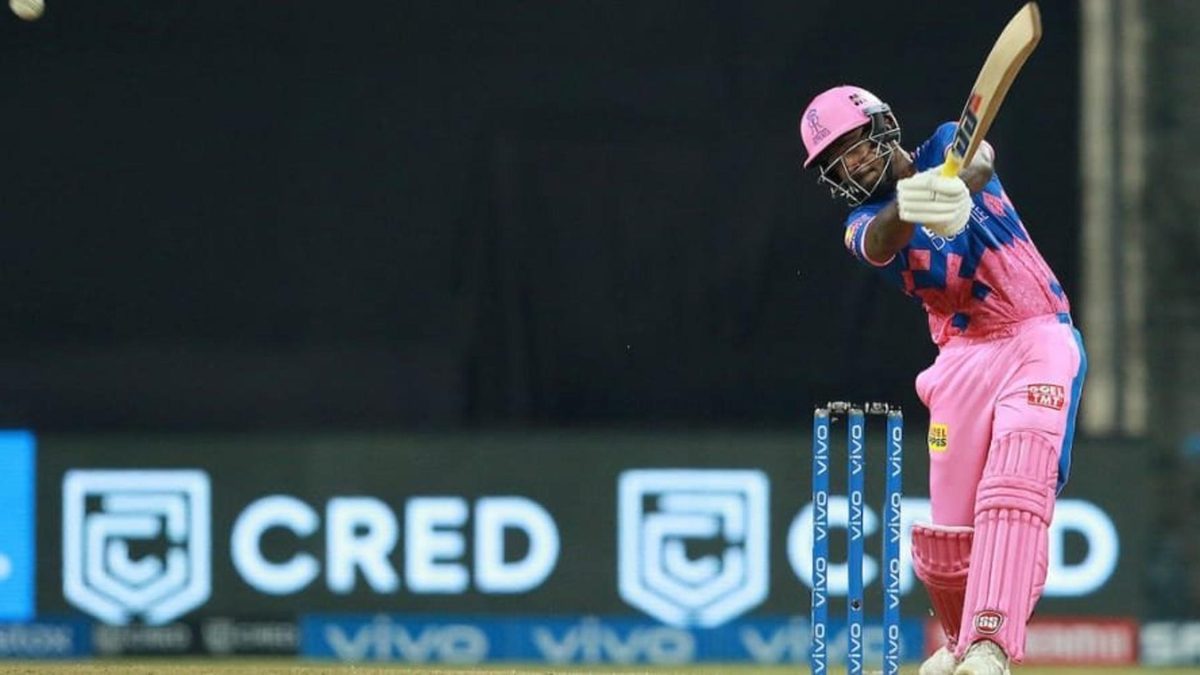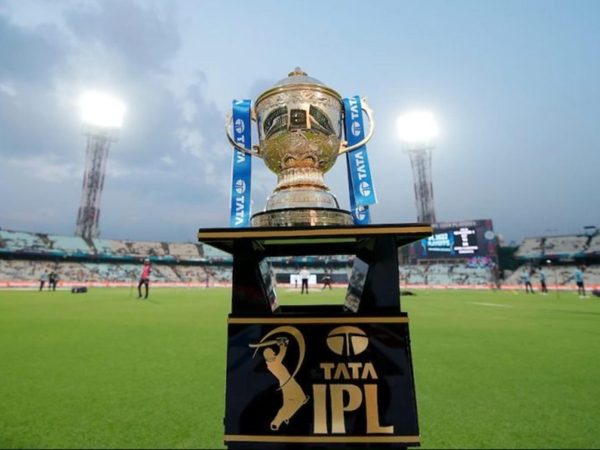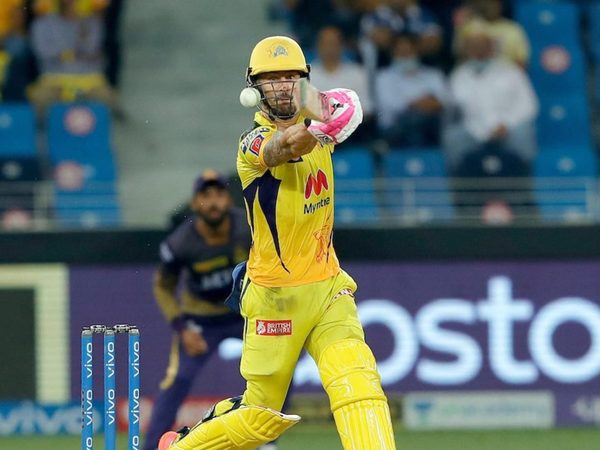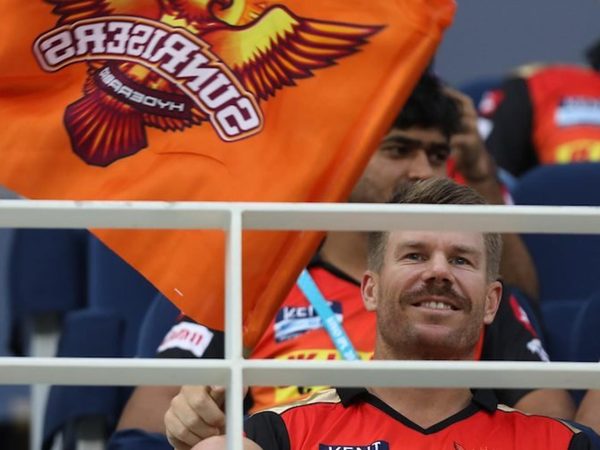
Sanju Samson views the game in a light very few do and in that mindset could lie his claim to fame, writes Rohit Sankar.
Subscribe to the Wisden Cricket YouTube channel for post-match awards, player interviews, analysis and much more.
Thrice in three back-to-back IPL matches, the captain of a side was run-out attempting a quick single. Rishabh Pant against Rajasthan Royals, KL Rahul against Chennai Super Kings and David Warner against Mumbai Indians were run out attempting to sneak in a run.
At the other end of the spectrum is Sanju Samson. A few nights before the hat-trick of mishaps, Samson, after having earned plaudits for a swashbuckling century in a tall run-chase, was pilloried for denying his team’s INR 16.25 crore all-rounder a single off the penultimate ball of the match.
Morris would go on to win the next game for Rajasthan with the bat in the death overs and predictably, Samson was asked if denying that single was a mistake in the post-match presentation ceremony.
“If I play that match again 100 times I would not take the single,” Samson said, candid as ever.
Samson wouldn’t stop there. He would go on to write in his weekly column in the Hindustan Times that “you won’t be seeing singles being attempted at that stage” in the future.
“Just before the 19th over began, we made it clear that I will be taking most of the strike; that even if I couldn’t hit a four or a six, we would be looking for twos to get me back on strike,” Samson wrote.
Samson’s thinking is clear. Would you rather take the risky option to gain six runs or a single run? There’s statistical evidence to suggest that the negative impact of a dot ball on odds of winning is less than half of the positive impact of a four or a six. A six is roughly worth three dot balls on an average.
Samson seems to understand this, even if he isn’t familiar with the actual numbers. He goes on to predict how the game could evolve in the near future to prioritise winning.
“The game is evolving and very soon in the future you won’t be seeing singles being attempted at that stage. If a batsman fancies a particular bowler, he should farm the strike and go for it. It has absolutely nothing to do with ego; just the simple demands of the moment and the team. Winning is everything.”
Let those words sink in. This was coming from a player recently dropped from the national team with a place in the T20 World Cup at stake. In three of the last four IPL editions, the highest scoring Indian player from the season has had a batting strike-rate of 135 or less.
Ditching aggression to score more runs at a better average is a trend among up and coming Indian batsmen looking to make an impression. Perception around T20 cricket and the impact of strike-rate is still pretty old-fangled as reflected from the comments on strike-rate being overrated by KL Rahul and Shubman Gill in the recent past.
Samson has shown he isn’t one to jump on that bandwagon, even when it comes at the cost of him losing a place in the national team. In 2020, he scored runs at the quickest strike-rate he has ever recorded in an IPL season – 158.89. It came hand in hand with inconsistent run flow and a drop in his average.
Dropped from the Indian T20I team, for sticking to his swing-for-the-hills-no-matter-what approach, soon after, the easy option was for Samson to shelve his maverick avatar, especially as a skipper in a team that released Steve Smith, and assume more of an anchor role. Two games into the tournament, he has not only scoffed at that favoured option, but also shown that he treads a different path, one that he isn’t scared to stick to even when things go south.
Here’s a young captain, leading an IPL side for the first time, sticking to a method he has designed for himself despite copping flak for being “inconsistent” and “incapable”. The results won’t always go his way, but correlation does not imply causation and Samson’s path, even if divergent from the rest, is one that needs to be traversed.







